14 facts about Australia that you probably weren't familiar with
Categories: World
By Pictolic https://pictolic.com/article/14-facts-about-australia-that-you-probably-werent-familiar-with.htmlWhat do you know about Australia other than Sydney and kangaroos? Test yourself and learn a lot of new things.
Australia is the smallest continent in the world, but at the same time the sixth largest country in the world. The British colonized Australia only at the beginning of the 18th century, and the indigenous population of the continent has lived here for more than 40,000 years. With such a long history, Australia simply cannot be uninteresting. Let's find out more about her.
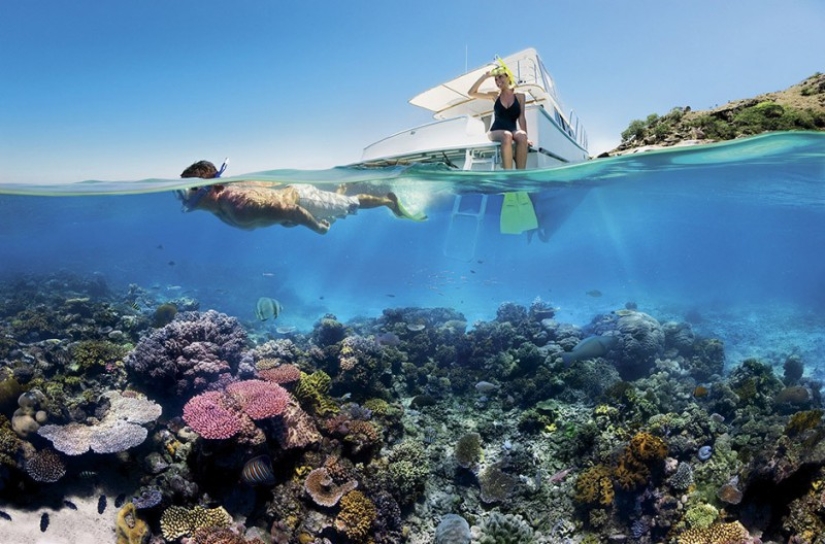
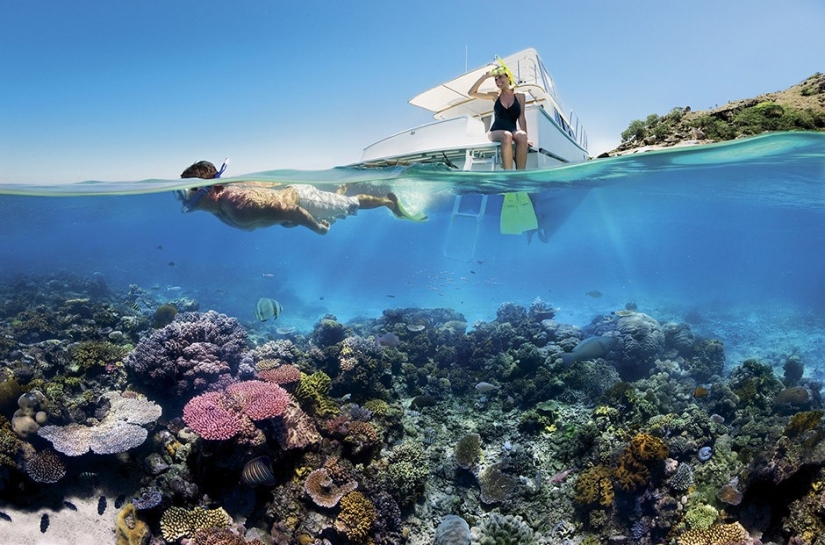
The Great Barrier Reef — the world's largest coral reef - has its own mailbox from which visitors can send postcards. It is located on the Agincourt Reef.

From 1828 to 1902, swimming on the beach during the day was prohibited in Australia. This law was first violated by a man on Manly Beach. The violator was arrested but not charged, prompting others to follow suit.

The Sydney Opera House was designed by architect Jorn Utzon, who won the competition in 1957. His project was recognized as the best of 233 options submitted to the jury.

Due to its size and the harsh desert climate that reigns over most of the continent, Australia ranks 9th in the list of the most sparsely populated countries in the world. The population density of the country is 3.07 people per 1 sq . km .
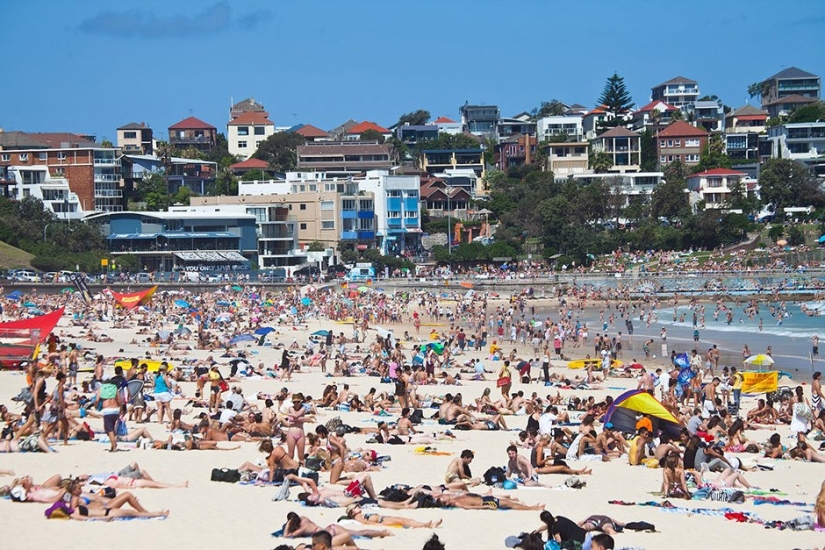
There are more than 10,000 beaches in Australia. You can go to different beaches every day for 27 years and still not visit all the shores of the continent.
See also - Soviet youth of the 60s on the beach: photos by Bill Eppridge

Australia is three times the size of Greenland, which is considered the largest island in the world. But Australia is not included in the list of islands, because it is well known that it is a separate continent.
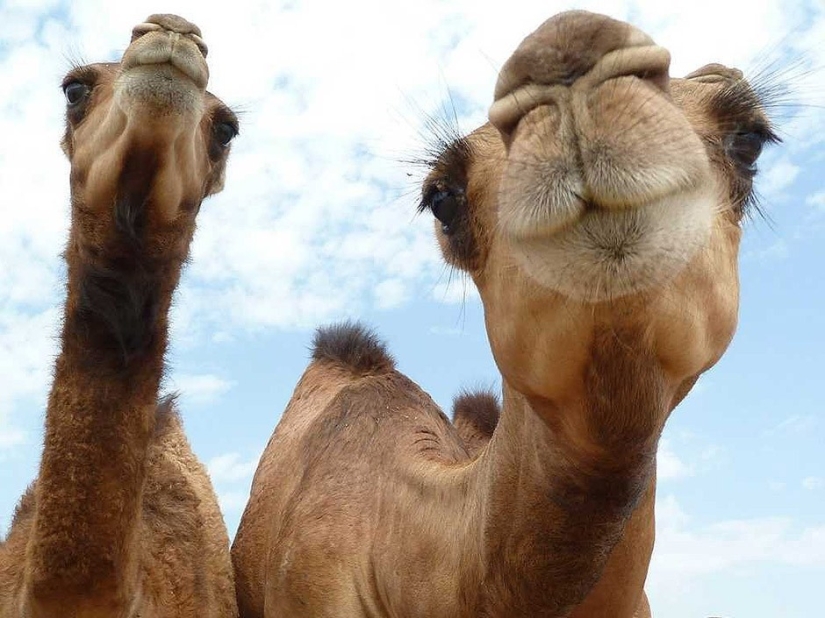
The world's largest camel population is located in Australia. About 750,000 camels roam the Australian wasteland and often wander into the farms of local residents.

Melbourne has the largest Greek population outside of Greece. As of 2001, there were 151,785 Australian Greeks living in Melbourne.
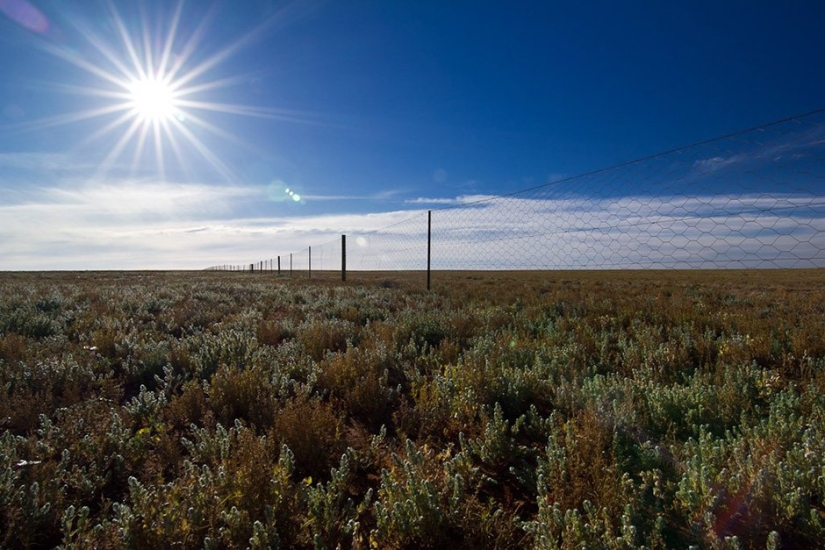
The dingo fence stretches from Queensland to South Australia — the longest in the world (5613 km). As you can guess from the name, it was built so that dingo dogs would not run into pastures.
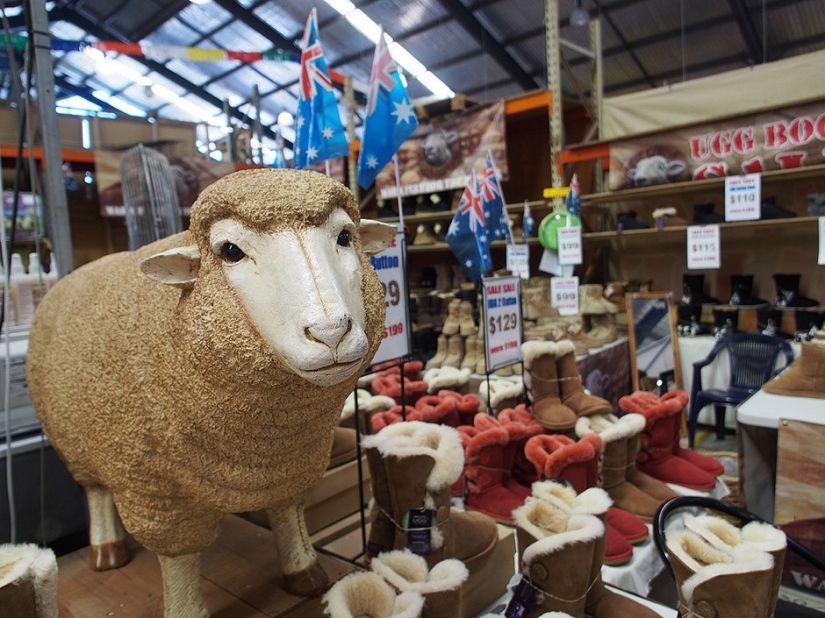
Australia claims that ugg boots first appeared here (New Zealand does not agree with this statement). They say these comfortable shoes were worn in rural Australia back in the 1920s. However, the UGG brand, which is popular in Australia— is actually an American company.

A red kangaroo and an emu are on the coat of arms of Australia. They were chosen due to the universal belief that neither kangaroos nor emus can move backwards, which symbolizes the country's progress only forward.
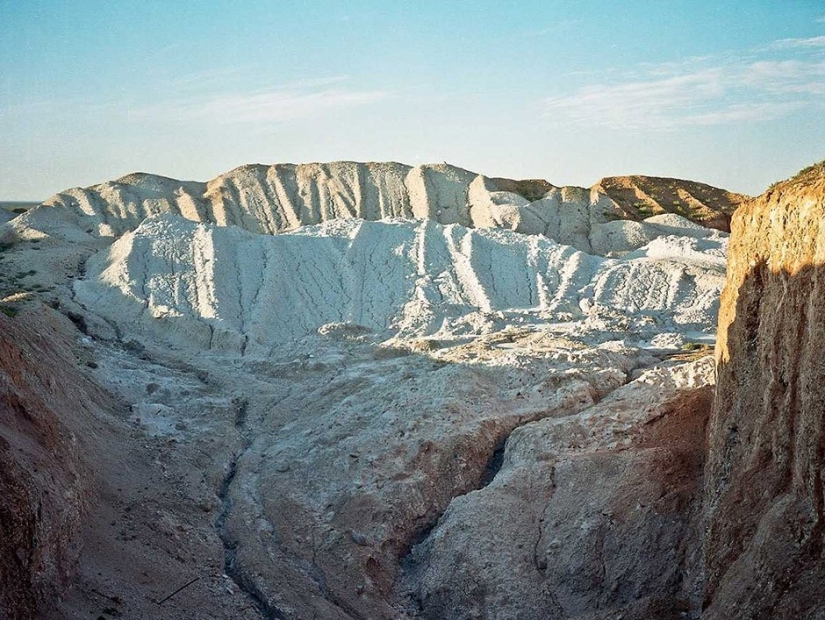
The national gemstone of Australia is opal. The country produces 97% of the world's supply of this mineral, with most of it mined in South Australia.
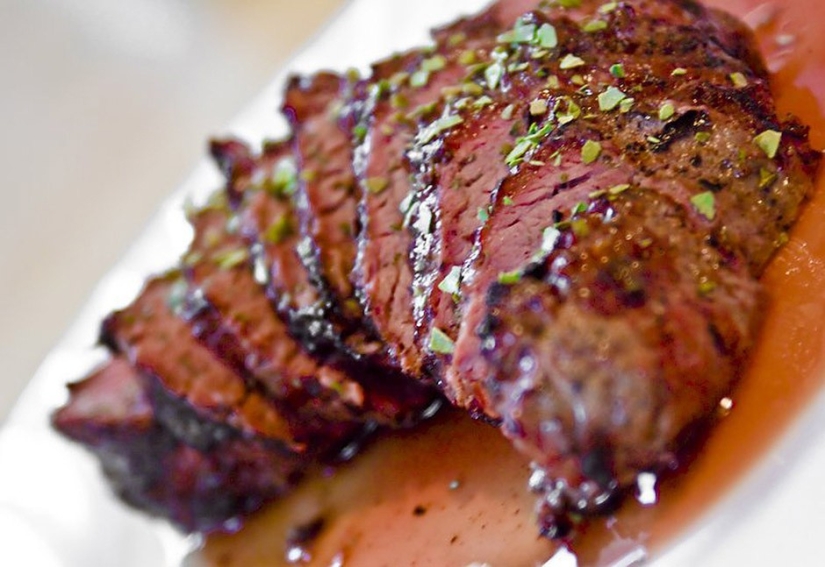
Despite the fact that Australia exports beef to many markets around the world, the largest importers of Australian beef are the United States, Korea and Japan.
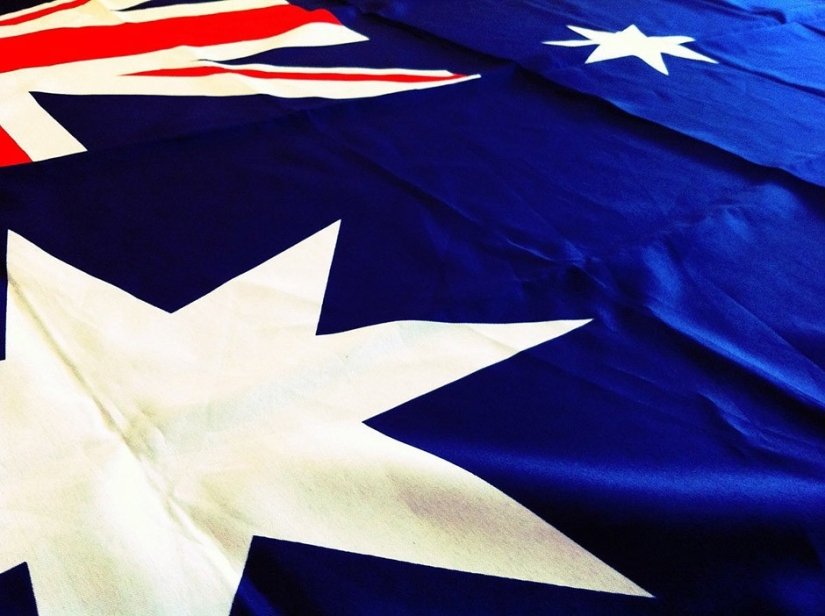
According to 2013 data, 27.7% of the Australian population was born outside of Australia. For comparison, in the United States, this figure is 14.3%.
Keywords: Interesting facts
Post News ArticleRecent articles

Straws are such a commonplace item that we rarely think about their origins. It seems they've always been around: in cocktails, ...

In the Victorian era Britain was quickly urbanized. By 1851 it became the first country lived in cities of more people than in the ...
Related articles

In the world there are places that almost everyone wants to visit and photograph famous mount Rushmore, the legendary Colosseum, ...

You may not know but many things you see every day, have certain colors for very specific reasons. It's not just a whim or a matter ...

Learning something new is always fun and not difficult! After all, it is not necessary to pass courses or spend days studying ...

Every day we face some trouble. The technique is slow, when you need something rushed, all traffic lights you come across on the ...